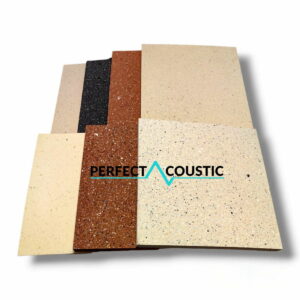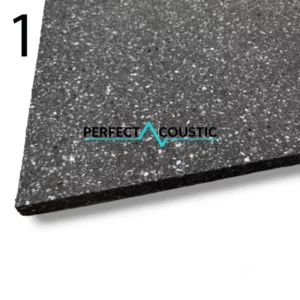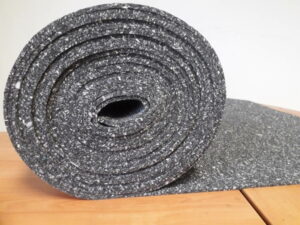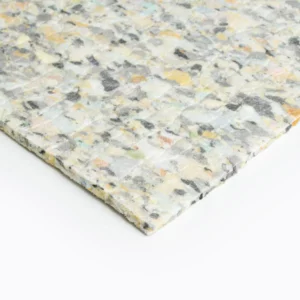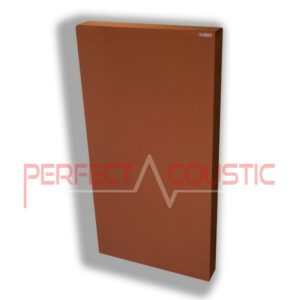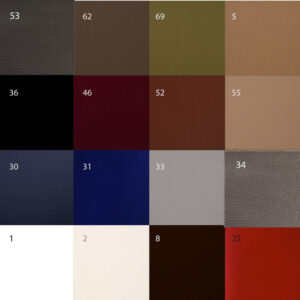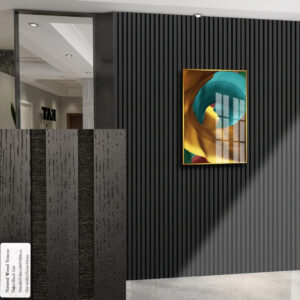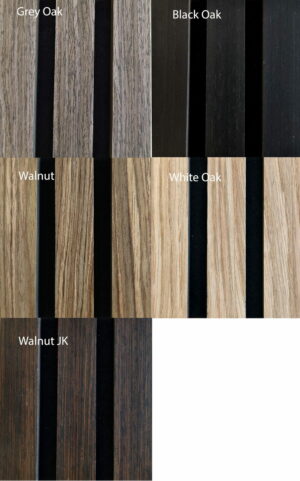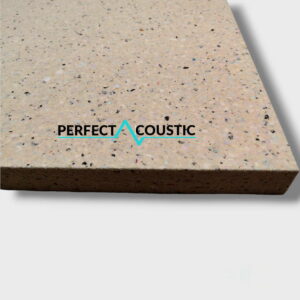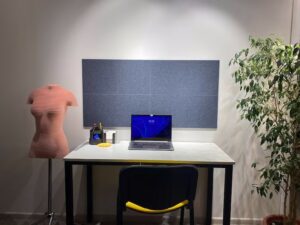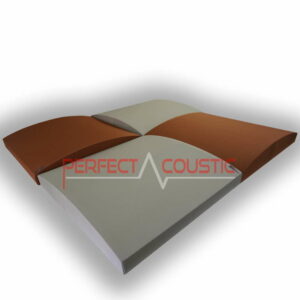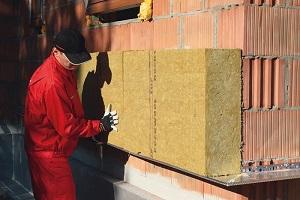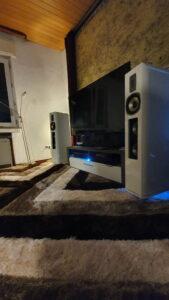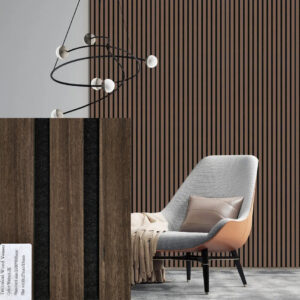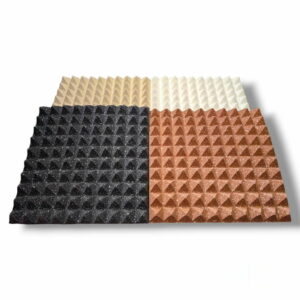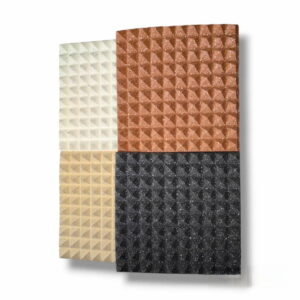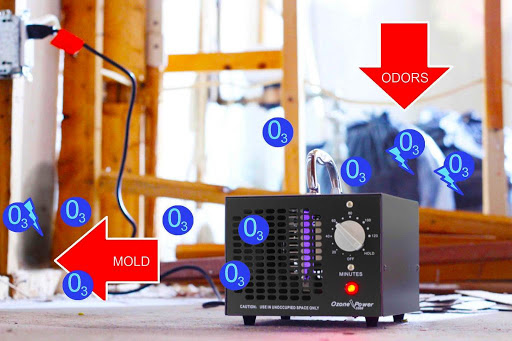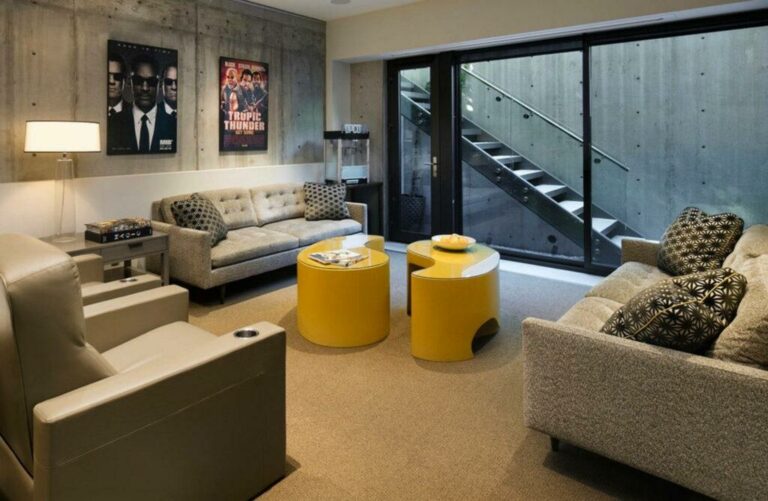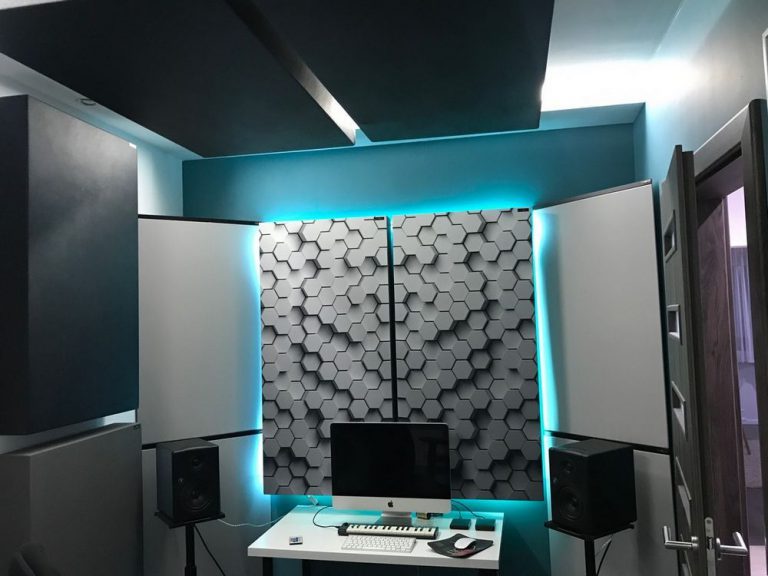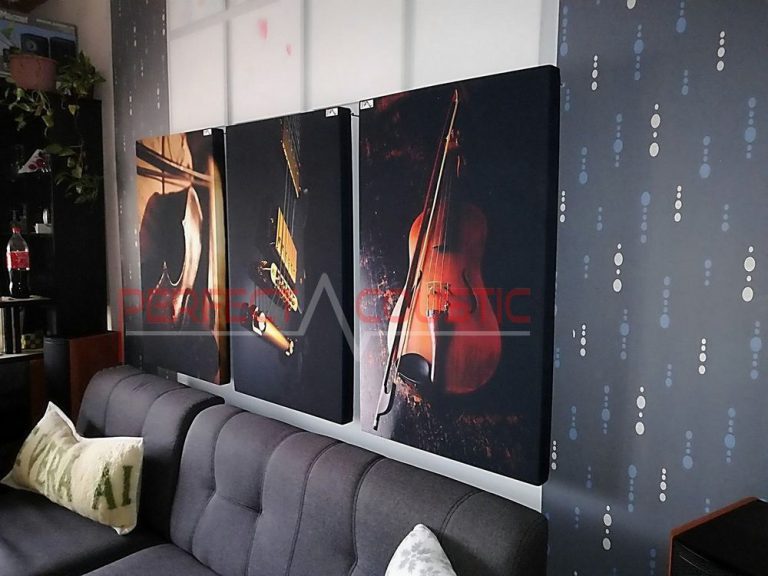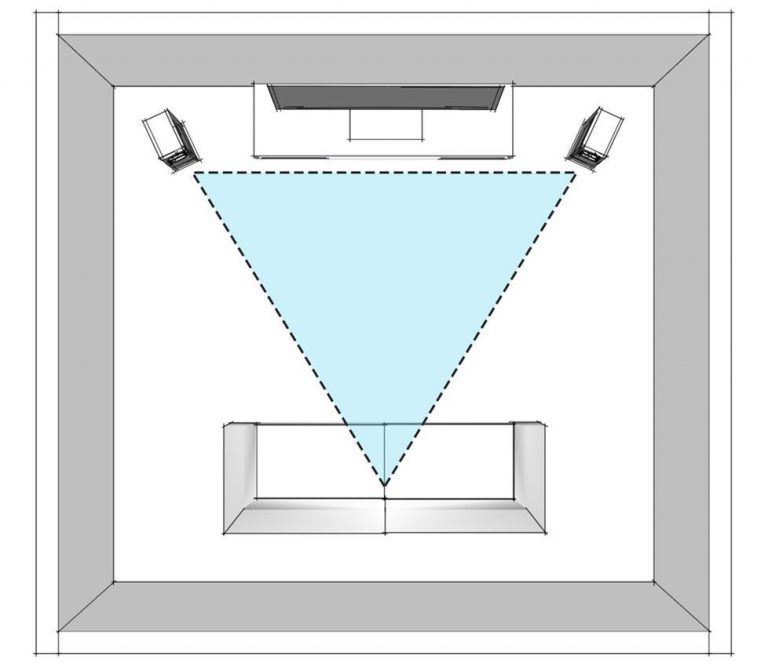Living in a block of houses is a comfortable option in some ways, but it also has its downsides. For example, if the neighbor is too loud and has to endure constant hammering, and pounding. There are also children in the family who cannot always be ordered to play quieter. What is the solution?
-
-
-
Broadband sound panel-It can even be used as a ceiling element44 € – 241 € +Vat
Improve the sound insulation inside and outside the building
Instead of constantly deteriorating our popularity in the residential community with constant quarrels, let’s take a look at the options available to us in terms of sound insulation. Many may raise their eyebrows now saying that the insulation of the house is perfect. If this is meant for thermal insulation, don’t be surprised if the sound of a neighbor’s lawn mower breaks the intimacy of Sunday lunch. Thermal insulation, no matter how good, is not equivalent to sound insulation and vice versa.
If a home is to be renovated, we can start the sound insulation from the ground up, for example by replacing the doors and windows and using noise-reducing insulation material to renovate the walls. Of course, this is quite an expensive and labor-intensive solution, as a pre-soundproofing wall is often used for the subsequent sound insulation of the walls, which is quite space-consuming. Nowadays, there are many more modern materials for sound insulation, which also serve as a decorative element in the room.
If the existing sound insulation is no longer enough
We have a wide range of solutions for sound insulation at home. We can try a multitude of different homemade practices and quality solutions until the desired effect is achieved. Maybe everyone is already dead about egg-based home insulation. The only advantage of this is that it is cheap but less efficient in return, not to mention disfiguring the entire interior.
-
-
-
3D Sound absorbing panels – Size: 60x60x10cm 3kg49 € – 59 € +Vat
Thoughtful, quality solutions
Rock wool can be used to soundproof the walls, as it has extremely advantageous properties. It is no coincidence that this material is also preferred for noise insulation in professional studios. It repels water, so it is ideal for indoor use as well as great soundproofing.
If you want to keep out the noise of the street, you should insulate the exterior walls of the building if it is feasible. But if we want to protect ourselves from the sound effects from the other apartment inside the building, we need to focus on insulating the floor or ceiling. If you want to block only one room inside the apartment from the effects of sound, it can be achieved mainly by insulating partitions.
However, the insulation of the ceiling is already a much more complex thing, which is not harmful to call a specialist. But this is only necessary if the noise comes from above. In this case, a sound insulation system at least 13-15 cm thick is required.
Noise reduction with soundproof mat
Not only can noise from outside be annoying, but echo can also be a problem indoors. In this case, the emphasis should not be on sound insulation but sound absorption. The whole apartment is surrounded by surfaces that concentrate the sounds back in one direction. The floor, the parquet, and even the linoleum play a major role in generating echo. This can worsen the comfort of our home in the very short term. It’s no coincidence that larger department store chains are also trying to use as much noise-reducing material as possible when designing their stores. It has been observed that shoppers are much more likely to spend in a quieter, quasi-calmer environment than in a noisy, bazaar-like place.
One of the biggest advantages of a soundproof carpet is that it can be placed anywhere on any floor or even hung on a wall. Due to its design, it perfectly isolates sounds from the environment. Why can’t a carpet of any kind do that? All sounds, all carpets, can absorb, but the material and weave of an acoustic carpet are thicker, with more layers. These are the sound-insulating elements that are not only practical but also suitable for decorative purposes, as we can choose from a wide variety of colors and patterns.
The efficiency of the acoustic carpet can be further enhanced by the sound absorbers placed under them. A non-slip felt made of felt that can be placed under the carpet proves to be a great solution in this respect.
What if the rug isn’t enough yet?
We don’t have to be discouraged either, because we can further enhance the sound-absorbing ability of the interior with acoustic curtains and door curtains. Like carpets, they are made of thicker material and are also aesthetic decorative elements.
A well-packed bookshelf, well packed with books, also blocks and absorbs sounds.
It may come as a surprise, but we can also use a photo wall to protect against unwanted noise. It is aesthetic and can cover bare walls to create a homely, quieter environment.
Also put insulation under the interior doors, because a lot of noise can enter the room through it. You can use a homemade or factory plug for this.
Different circumstances require different implementations. By using the listed sound insulation and sound absorbing solutions, significant results can be achieved, which can create a quieter environment in our home. SzG

